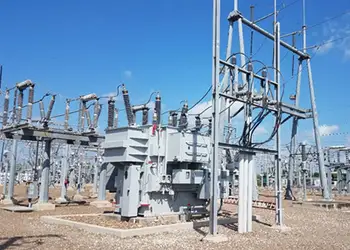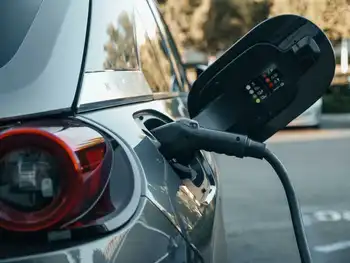Possible Ohio nuclear disaster could've been worst in U.S. history, paper reports
By Port-Clinton News Herald, Ohio
Substation Relay Protection Training
Our customized live online or in‑person group training can be delivered to your staff at your location.

- Live Online
- 12 hours Instructor-led
- Group Training Available
Regulators said that, at the time it was shut down, the power plant would have been able to withstand more pressure than normal and continue operating safely for months beyond the time the plant was shut down.
However, the Cleveland Plain Dealer reported this morning that "even if the reactor's sturdy protective building contained the radioactive steam spewing from the hole as FirstEnergy Corp. and some NRC officials believe it would have, the ruptured lid would have been the nation's worst nuclear accident since the partial meltdown of Pennsylvania's Three Mile Island reactor in 1979."
Some activists claim that the aftermath of the lid's rupture would have endangered 6 million people along Lake Erie in the United States and Canada.
Davis-Besse was shut down for about two years following the discovery of a leak that had allowed boric acid to eat nearly through the 6-inch-thick steel cap covering the plant's reactor vessel. The plant began producing electricity again in March.
The U.S. Nuclear Regulatory Commission released a five-page report recently detailing laboratory tests on materials similar to the cap that show the plant would have been able to operate for two to 13 months after it was shut down for routine maintenance in February 2002.
"The significance is that at the time the plant shut down, there was still a safety margin remaining and the public was not in imminent danger of the reactor vessel rupturing," said Jan Strasma, spokesman for the U.S. Nuclear Regulatory Commission.
The tests also showed that the reactor head could have withstood 1.2 to 1.5 times the normal amount of pressure. However, once the pressure edged up to that level, safety valves would have kicked in to protect the plant, Strasma said.
Richard Wilkins, spokesman for FirstEnergy Corp., which owns the plant, said the commission's findings are similar to the plant's internal calculations.
"Some people concluded that the equipment was days or weeks away from failing ... but the plant equipment did operate normally as we shut it down and, based on this, it would have continued to operate," Wilkins said.
Paul Gunter, an activist with the Washington-based Nuclear Information & Resource Service, disagreed with the report, saying two months is not a comfortable safety margin.
"They are still tying to put an optimistic spin on just how close we came to losing Toledo," Gunter said.
The NRC had originally asked the plant to shut down by the end of 2001 but allowed Davis-Besse to continue operating for six more weeks. The corrosion was found the following month.
Gunter said that's another reason why the estimate of a two-month minimum safety window is shocking.
NRC inspectors plan to release additional tests on other safety systems at the plant that were later found not to be functioning properly, Strasma said.











